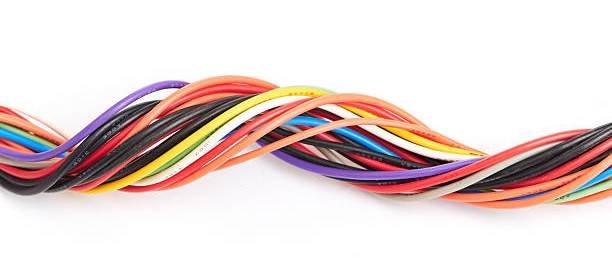The number of network cables that can fit in a conduit depends on the size of the conduit, the thickness of the cables, and how they are installed. Before starting the installation, it is essential to know how many cables can fit in the conduit, as it is crucial for the safety of the cables and the performance of the network.
The larger the diameter of the conduit, the more cables it can accommodate
Firstly, it is important to know what size conduit you are using. This can vary from 16 mm to 50 mm in diameter, depending on the scale of the installation. As a general rule, the larger the diameter of the conduit, the more cables it can accommodate. You can generally assume that you can fit about 40 to 60 Cat5e or Cat6a network cables in a 50 mm conduit. However, this depends on the thickness of the cables and how they are installed.
It is also important to remember that the cables should not be too tight in the conduit to prevent damage to the cables or interference with signal transmission.
Use only installation cables
Never use patch cables (internet cables with an RJ45 connector at the end) when pulling cables. There is a high chance that the connector will get stuck in the conduit, potentially damaging the network. Therefore, only use installation cables and mount connectors afterward.
Tips for pulling cables
To prevent UTP cable damage during pulling through a conduit or getting stuck at bends, it is crucial to lay the cables properly. Take into account the following:
- Ensure that bends in PVC pipes are not too sharp and secure all pipes, bends, and coupling socks properly.
- When making bends in a PVC pipe, always use a suitable bending spring.
- Use a pulling spring. A pulling spring reduces the chance of the cable getting stuck halfway and makes it easier to pull the cable through a pipe or cable tray.
- Ensure that when the cable is laid, you have sufficient length for termination. A good length is 30 cm.
- If you want to lay other cables, such as COAX, in the same conduit, check if you have used a shielded ((S)FTP) network cable. This is necessary to keep the network signal optimal.






